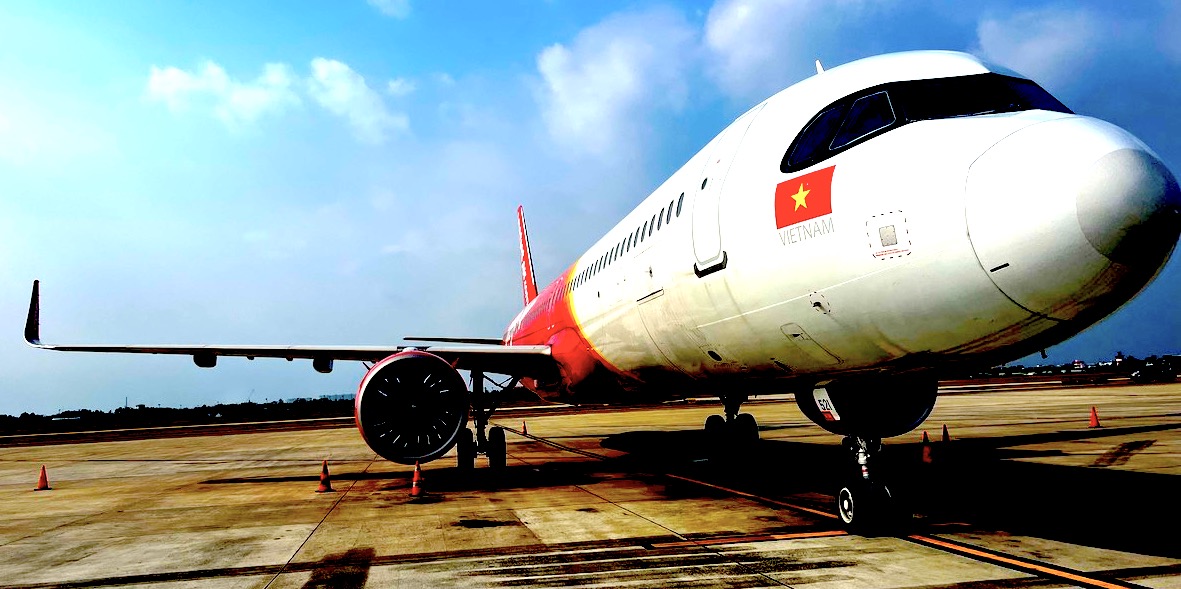If you’re traveling between cities in Asia and searching flights online you’ve already seen results dominated by Asian discount airlines.
Hopping around Asian countries is the kind of scenario where Skyscanner becomes invaluable. You can set your starting point and be flexible on both time and location to see all the lowest fares on the continent. Look at this interface, it’s really good!
When sorting by price you might have to scroll far before finding a result from one of the major carriers. The market is competitive and the major carriers are often not out of reach for most customers. But Why spend $140 on Singapore when AirAsia will take you for $40? Is it worth it to roll the dice knowing how bad the discount carriers are here in the US?


Where’s the Money? This site may contain affiliate links. Many travel sites include such links to earn a commission at no cost to readers.
Booking on Asia’s Discount Airlines
You should book as early as possible for the lowest fares. Many travelers value flexibility but in general it will be less expensive and not very difficult to change your flight later if you need to. If you buy a ticket for $24 and can’t use it the worst case scenario is that you’re out $24. That’s not going to lead you to financial ruin. On the other hand that $24 ticket can easily increase to $124 if you book just a few days before flying.
If you’re collecting points you may want to go through a credit card’s travel portal like Capital One or Chase. Compare your card’s portal against Skyscanner to be sure it’s offering the same flights and prices. In the example above Chase is not offering any AirAsia flights and the lowest available fare from Chase is significantly higher that elsewhere.
In this case Capital One beat Skyscanner by $1 on the afternoon flight from Bangkok to Saigon. If you don’t happen to be a Capital One customer, you’re unlikely to get a price lower than what you find on Skyscanner.
There isn’t much loyalty with Asian discount airlines. But if you go on AirAsia it’s a good idea to join their Freedom Flyer program and download their app when you book your first flight. They usually tend to be the lowest fares and have a huge presence with Thai AirAsia, Philippines AirAsia, etc. Even for someone from the West earning enough points for an eventual flight is not impossible.

Asian Discount Airline Fees
Similar to the US, the Asian low cost carriers will try to nickel and dime you throughout the booking process. There’s an upcharge for everything you can imagine. Fortunately they’re much lower than what US airlines get away with. It’s usually worth the few dollars they ask to avoid a middle seat.
The big thing over there is bag weight. The standard across the board for free carry-on is 15 pounds. When I pack as lightly as possible my luggage comes in at 18 pounds, with the bag itself weighing 8 pounds. While it’s possible they could weigh your bag, it never happened to me. I didn’t see it happen to anyone else over the course of several flights.
Overall the struggle and competition for overhead bins was much less than what it is in the US. There always seemed to be plenty of space to go around. As long as your carry-on is the standard size and your personal item is discrete you ought to be fine not paying extra for bags.
The Boarding Process
In general boarding is similar to what US airlines do with zones printed on your ticket. It’s a bit of a mixed bag but runs a little smoother than in the US. Your seat often dictates the zone in which you’ll board. This method facilitates easy boarding for everyone. It’s also another incentive to pay a few dollars for a seat assignment. Sometimes the zones are called in reverse order, with the highest number called first. That can be confusing if you’re not expecting it but with the highest zones being in the back of the plane it is actually quite efficient.
It’s common for Asian discount airlines to utilize buses to get passengers from the gate to the aircraft. You may get a jetway on your flight but if you do it’s a bit of luck. The buses are only a slight inconvenience.
On one flight I took passengers were bused out to the aircraft and there was a stair truck at both the front and back doors. But it was up to the passengers to guess which door was closest to their seat. This causes a lot of confusion in the middle 10 rows.
The In-Flight Experience
Taken together I would rank the Asian discount airlines on the same level as Southwest for passenger experience. They’re noticeably better than Frontier or Spirit. The passengers skew younger than US carriers and almost everyone was masking on the plane in 2023, even though it is not required.
It is a no-frills experience but it’s not bad at all. You won’t get seatback entertainment or charging for your devices but the comfort level is fine. The flight attendants are friendly and helpful. Everything is conducted in English because the crews and passengers are such an international mix. I’m six feet and above 200 pounds and found the seat comfort and legroom the be adequate. Most single segments are only a couple hours so even if you aren’t thrilled with the flight it’s over soon enough.
The on-time performance of Asian discount airlines is around 10-15% below the industry average. Some of their routes rely on very long layovers that could be 24 hours or more. As long as you’re cognizant of that and not just jumping on the absolute lowest fare you should have a great time zipping around Asia by jet for very little money.





















